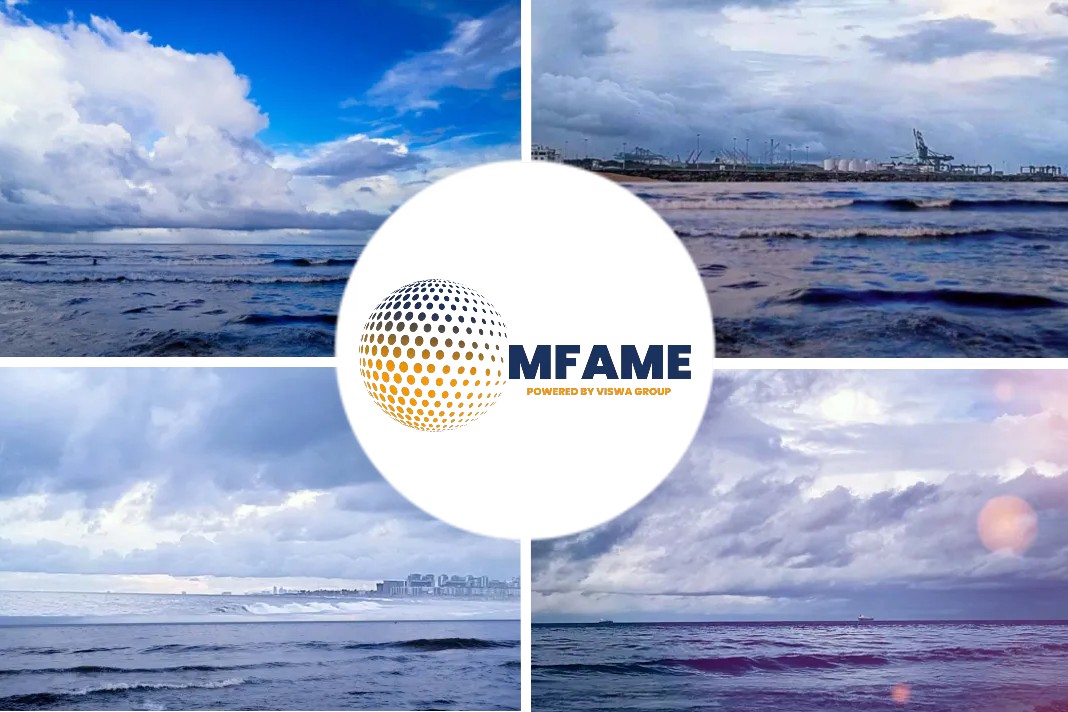According to an article published in ShipInsight, Sveinung Oftedal says, next month’s sixth meeting of IMO’s Working Group on Reduction of GHG Emissions from Ships will mark the next step towards energy efficiency and to reduce emissions.
DNV GL online conference
The working group’s chairman Mr Oftedal is a specialist director at the Norwegian Ministry of Climate and Environment (NMCE) and took part in a recent online conference organised by class society DNV GL that focused on alternative fuels.
The online poll asked: “What regulations do you think would be effective in reducing CO2 emissions from ships?” and offered five options. Participants could vote for more than one option, so the figures below total more than 100%.
Regulation – % of attendees selecting this option
- Newbuild design requirements (EEDI)- 57%
- Operational CO2 requirements – 43%
- Minimum share of zero-emission technology newbuilds – 29%
- CO2 tax/emissions trading – 47%
- Speed limits – 19%
Response review
Reviewing the responses, Mr Oftedal said that they were “very close to what may realistically be agreed internationally.”
On the specific measures, he reminded his listeners that there is already an ongoing process towards further requirements on EEDI and said that there are also “specific proposals on the table” about operational CO2 requirements.
A CO2 tax or emission trading scheme is also “on our agenda as a mid-term measure,” he said, but suggested that this might face difficulties at IMO.
Market-based mechanisms have been discussed at IMO before but “member states didn’t agree and it was put on hold in 2011.” But now, “we have agreed to investigate new innovative emission reduction mechanisms, possibly including market-based measures, to incentivise GHG emission reduction,” he said.
Zero-emission technology
The poll’s response to speed limits reflected the wider “divided [and] diverse community” on that topic, he said, and the idea of requiring a minimum amount of zero-emission technology to be incorporated into newbuildings “is realistic”.
He said that the introduction of low-carbon and zero-carbon fuels would require methods for calculating GHG emissions for various fuels, which “is not a straightforward task,” he said.
There would also have to be “a robust system for documentation and enforcement” and “regulations that will provide for safe operation of alternative fuels.”
Three-pillar action plan
He described what he called a three-pillar action plan that he believes will be necessary “to succeed in the global action to reduce emissions.” But although this will eventually result in an IMO-led global strategy, its first pillar should involve ‘national spearhead policies’ such as one already established in his home country, Norway.
“We have presented a national action plan for green shipping … to phase in zero- and low-emission solutions.” Other countries should follow suit so “when it comes to the introduction of alternative fuels, national actions may be important [support] for the global introduction,” he said.
That will be followed by a second pillar, built on an IMO legal framework, with the third pillar providing support “to assist developing countries to ensure the required progress [is made] at the IMO.”
After that, “we will have full implementation of a global framework on the reduction of greenhouse gas emissions at the IMO.”
Further work on reducing GHG emissions
Mr Oftedal also provided detail on IMO’s plans for further work beyond its Initial Strategy on reducing GHG emissions from ships, setting out a timeline up to 2030 and beyond.
It shows that a revised strategy will be developed by 2023, followed by further work and another revision to the strategy by 2030 and another subsequent to that.
“We have agreed to establish an implementation programme for uptake in low-carbon and zero-carbon fuels [over] the period 2023 to 2030,” he said. And beyond that, “provisions for lower-carbon and zero-carbon fuels [are] already in the strategy.”
Did you subscribe to our daily newsletter?
It’s Free! Click here to Subscribe!
Source: ShipInsight
























